There’s something magical about spotting a bald eagle soaring overhead while you’re exploring a charming mountain town. These majestic birds have staged an incredible comeback from near extinction, and today they’re thriving in some of America’s most beautiful mountain communities. The combination of pristine wilderness, abundant water sources, and towering cliffs creates the perfect environment for these impressive raptors to build their homes.
Mountain towns that attract nesting eagles share common features that make them ideal habitats. Here are 19 mountain towns where eagles nest nearby, offering visitors the chance to witness these incredible birds in their natural element.
Ketchikan, Alaska
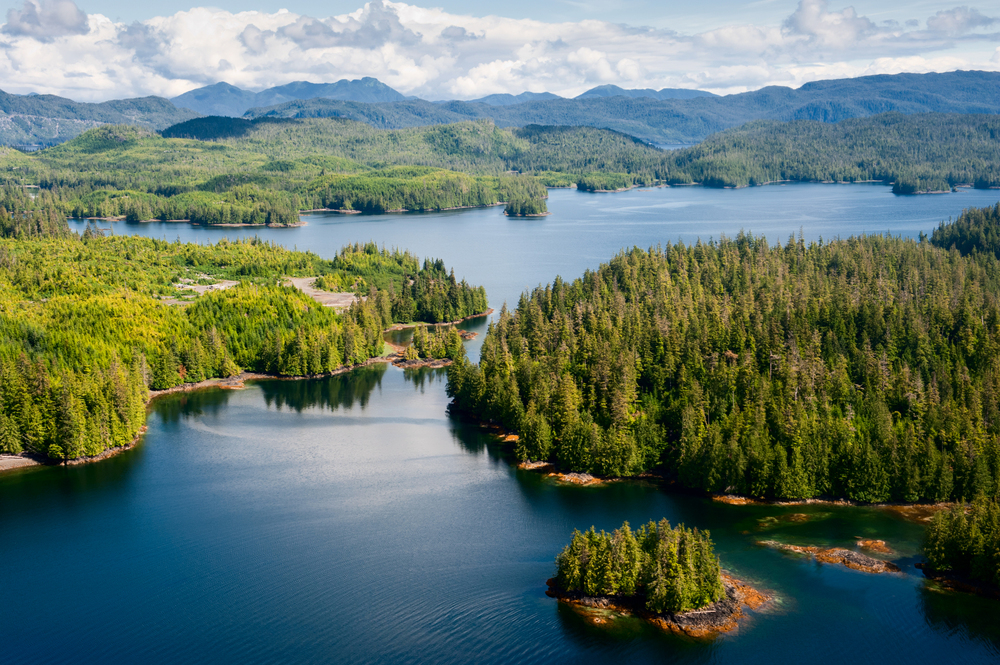
Ketchikan sits perched on the edge of the Tongass National Forest—where bald eagles are practically neighbors. The town’s location along salmon-rich waterways creates a year-round buffet for these powerful birds. During peak salmon runs, you might spot dozens of eagles fishing from the creek that runs right through downtown. The nearby Deer Mountain provides perfect nesting sites with its tall trees and commanding views of the surrounding fjords.
Jackson, Wyoming
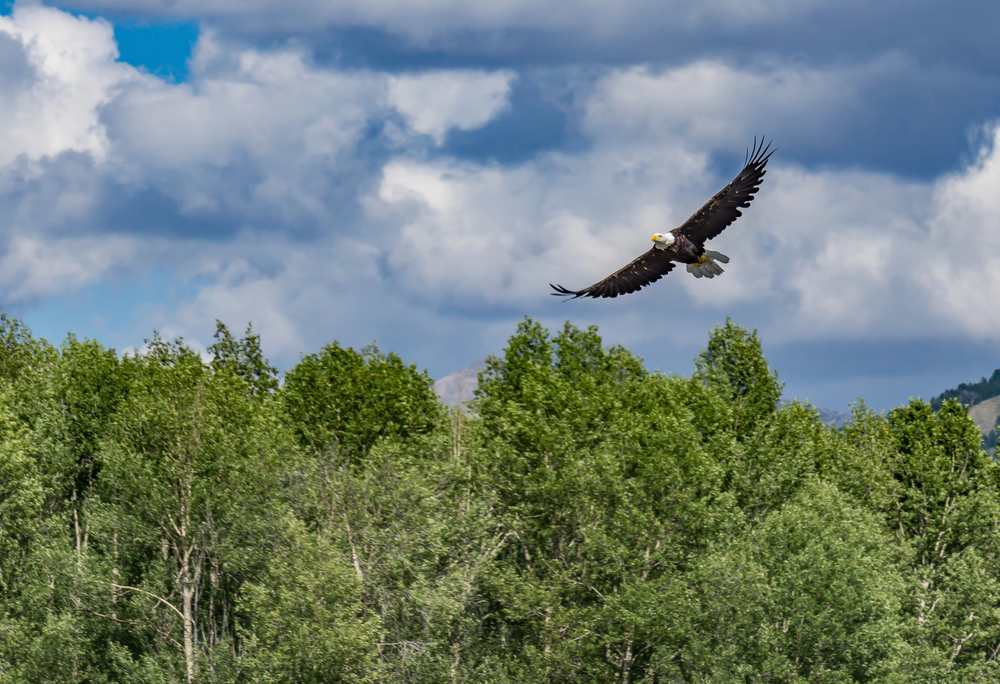
The Snake River Valley surrounding Jackson provides prime eagle habitat with its meandering waterways and abundant fish populations. Eagles build their massive nests in the cottonwoods along the river—often returning to the same nest year after year. The area’s relatively mild winters, partly due to geothermal activity from nearby Yellowstone, help sustain fish populations throughout the year. Visitors to Jackson can often spot eagles from the town’s scenic bike paths that follow the river.
Juneau, Alaska
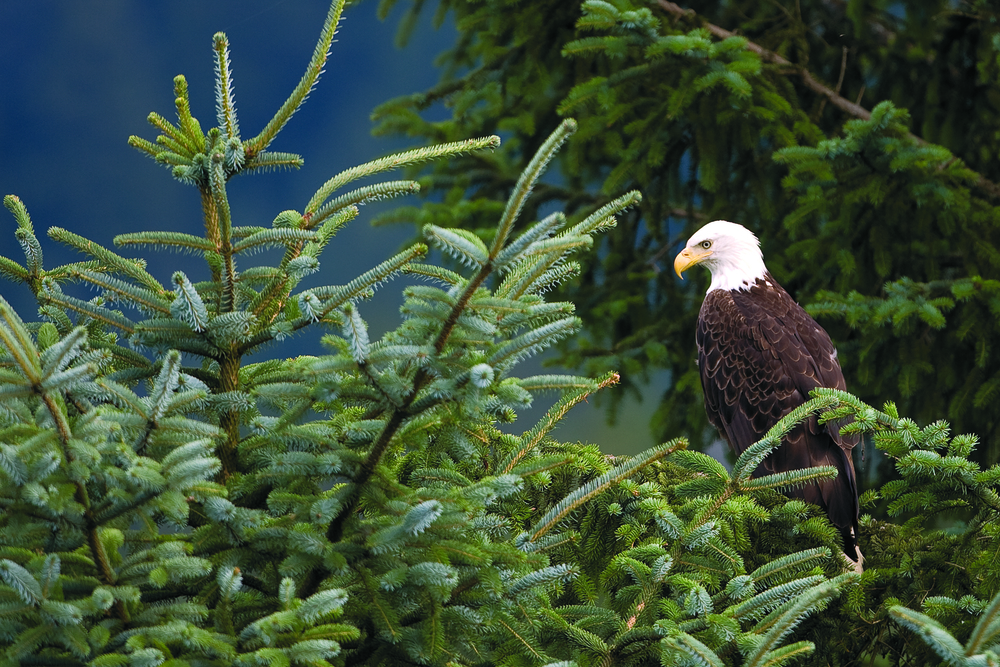
Alaska’s capital city is practically an eagle metropolis, with over 200 breeding pairs in the immediate area. The nearby Chilkat River hosts one of the world’s largest gatherings of bald eagles during the late fall salmon run. Juneau’s position between mountains and sea creates diverse fishing opportunities that eagles have learned to exploit masterfully. The combination of old-growth forests and protected waterways makes this region a true eagle paradise.
Coeur d’Alene, Idaho
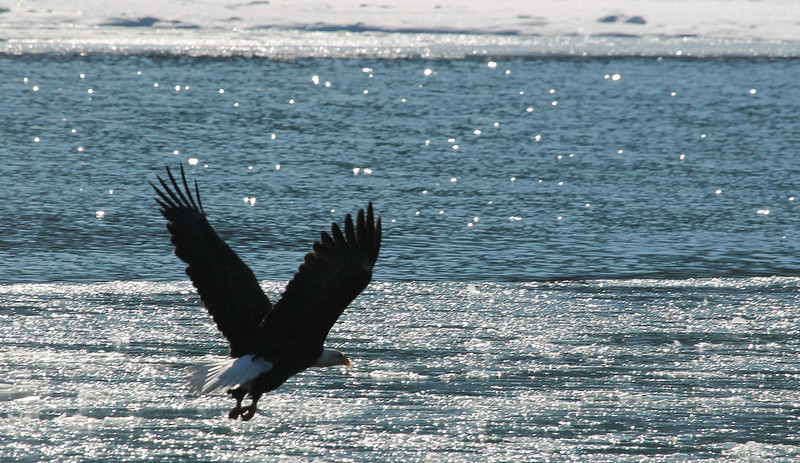
Lake Coeur d’Alene’s crystal-clear waters support healthy fish populations that attract nesting eagles to the surrounding forested hills. The lake’s 135 miles of shoreline provide countless secluded coves and inlets where eagles can fish undisturbed. Large ponderosa pines and Douglas firs offer ideal nesting platforms with their sturdy branches and strategic locations. The town’s commitment to environmental protection has helped maintain the pristine conditions eagles need to thrive.
Whitefish, Montana
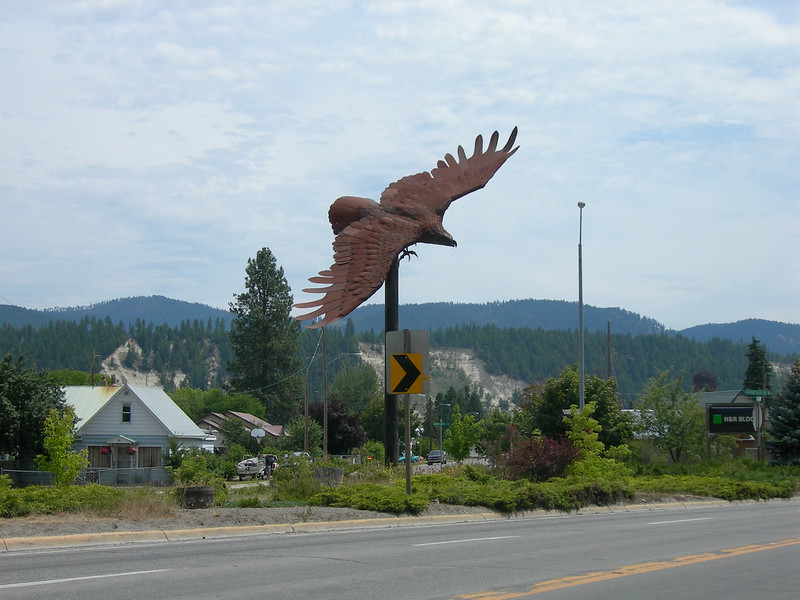
Whitefish Lake and the nearby Flathead River system create a rich aquatic ecosystem that supports a thriving eagle population. The Whitefish Range provides numerous cliff faces and tall trees perfect for nesting sites. Winter months bring eagles down from higher elevations—making them more visible to residents and visitors alike. The area’s protected wilderness status ensures these magnificent birds have the undisturbed habitat they require for successful breeding.
Breckenridge, Colorado
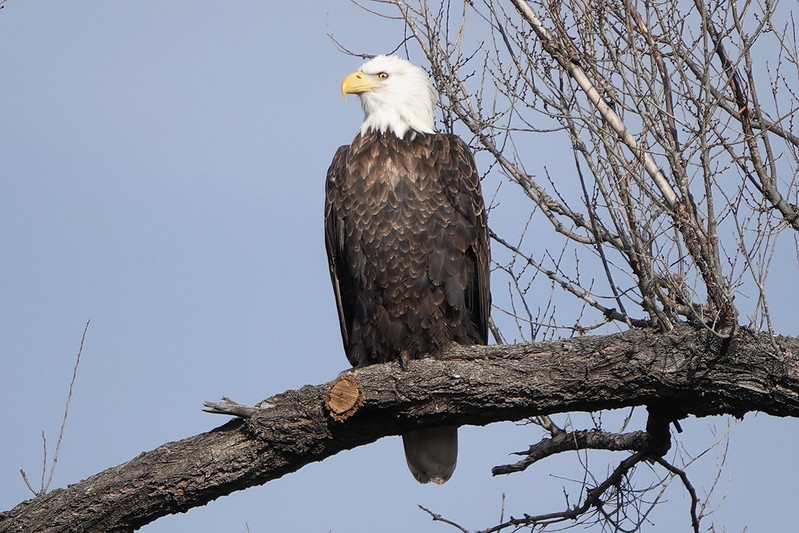
The Blue River running through Breckenridge supports a surprising number of eagles despite the town’s high elevation of over 9,600 feet. These hardy birds have adapted to the mountain environment, taking advantage of the river’s year-round open water sections. The surrounding peaks provide excellent hunting perches and nesting sites in the scattered groves of mature trees. Local conservation efforts help maintain a delicate balance between development and wildlife habitat.
Kodiak, Alaska
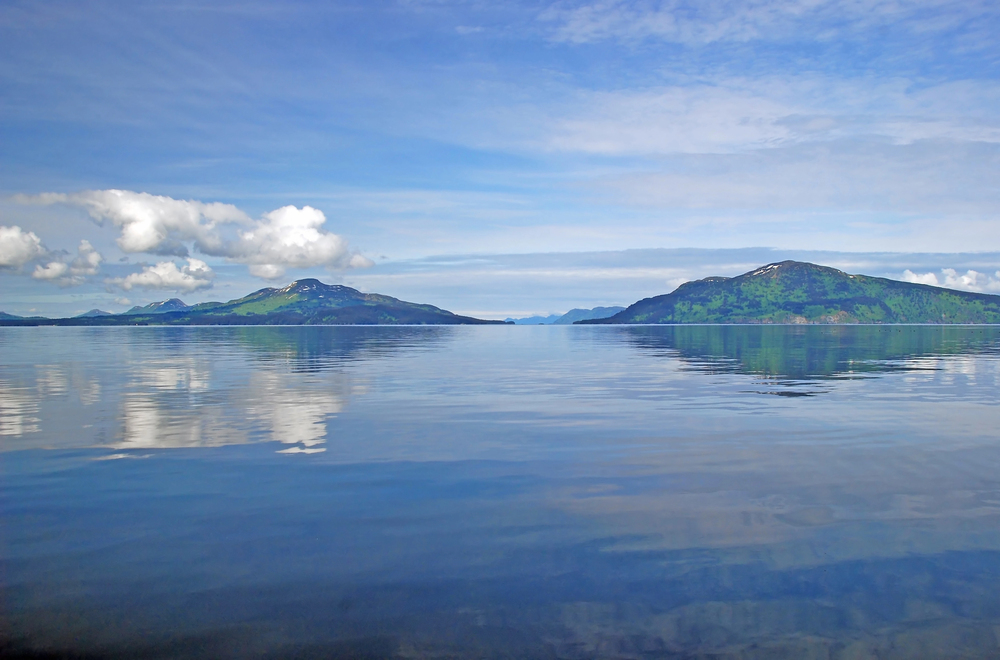
Kodiak Island’s rugged coastline and salmon-rich streams make it an eagle haven—with the town serving as a gateway to this wilderness paradise. The island supports one of Alaska’s densest eagle populations, with birds nesting in the towering Sitka spruces that line the rugged coast. Kodiak’s position as a fishing hub means plenty of fish scraps and offal that eagles readily scavenge. The island’s remote location has preserved vast areas of undisturbed habitat crucial for eagle reproduction.
Taos, New Mexico
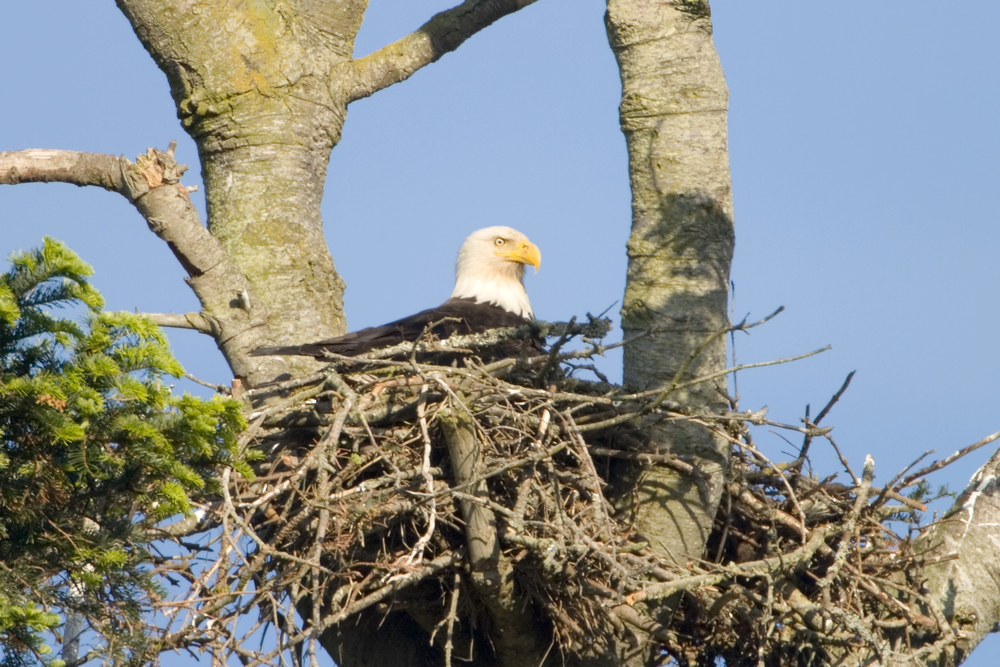
The Rio Grande Gorge near Taos provides dramatic cliff faces where eagles build their nests, taking advantage of the thermal updrafts for effortless soaring. The high desert environment might seem unlikely for eagles, but the river supports enough fish and waterfowl to sustain a small population. Ancient cottonwoods along the riverbanks offer alternative nesting sites when cliff faces aren’t available. The area’s elevation of over 7,000 feet gives eagles commanding views of their territory stretching for miles.
Seward, Alaska
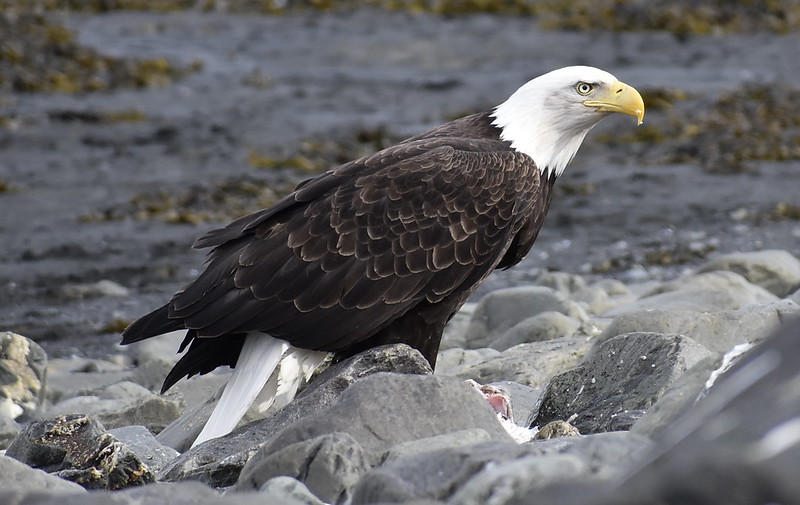
Resurrection Bay and the surrounding Kenai Peninsula wilderness make Seward a prime eagle watching destination. The town’s location at the head of the bay provides easy access to eagle nesting areas in the nearby spruce and hemlock forests. Commercial fishing activities create abundant food sources as eagles scavenge from fish processing operations. The dramatic mountain backdrop and pristine waters create picture-perfect conditions for both eagles and the humans who admire them.
Steamboat Springs, Colorado
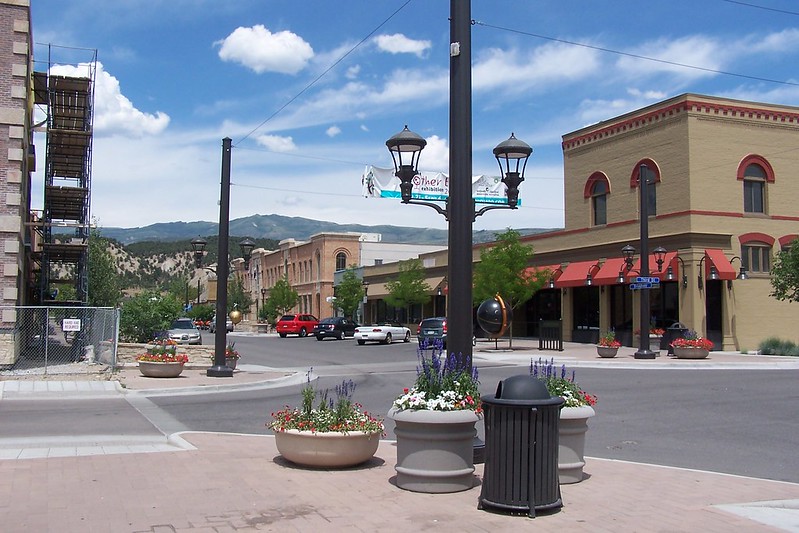
The Yampa River flowing through Steamboat Springs supports a healthy population of eagles that nest in the riverside cottonwoods. The town’s location in a broad valley provides excellent hunting grounds for eagles seeking waterfowl and fish. Winter brings additional eagles down from higher elevations—concentrating them in areas where the river remains unfrozen. The community’s strong environmental ethic has helped protect riparian habitats essential for eagle survival.
Telluride, Colorado
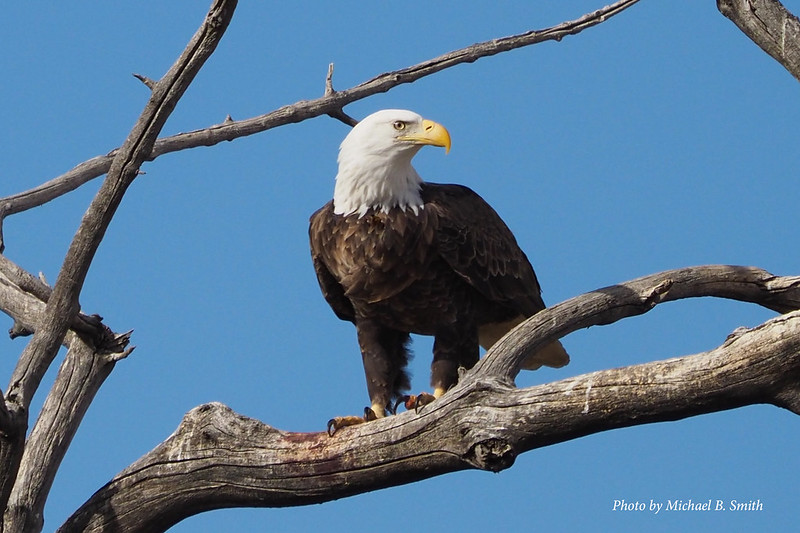
The San Miguel River and surrounding peaks create ideal eagle habitat in this box canyon town. Eagles take advantage of the dramatic elevation changes, using mountain thermals to soar effortlessly while scanning for prey below. The river’s healthy trout population and seasonal waterfowl migrations provide reliable food sources throughout the year. Though Telluride’s remote location and limited development have preserved much of the pristine habitat eagles require.
Homer, Alaska
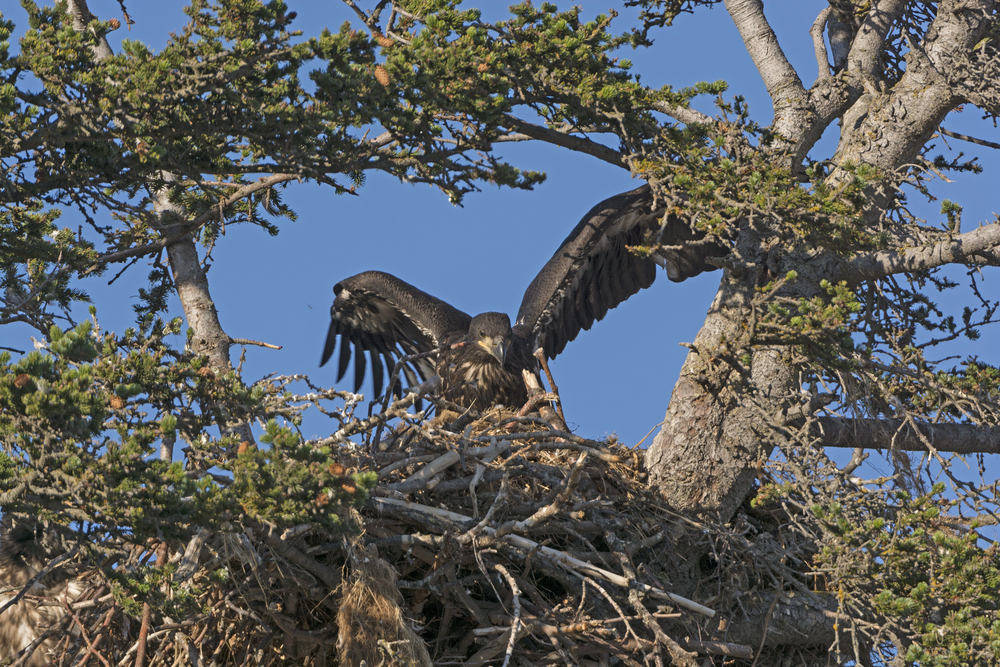
Known as the ‘halibut fishing capital of the world,’ Homer’s abundant marine life attracts eagles year-round to Kachemak Bay. The town’s famous spit extends into the bay, providing prime eagle watching opportunities as birds patrol the shoreline. Eagles nest in the spruce forests on the bluffs overlooking the bay, with some nests visible from town. The area’s mild maritime climate and rich ecosystem support one of Alaska’s most accessible eagle populations.
Estes Park, Colorado
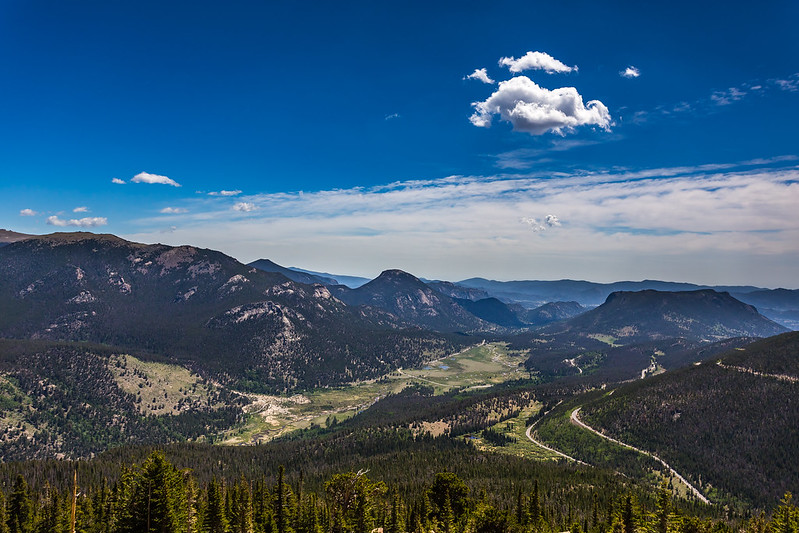
The Big Thompson River and nearby mountain lakes provide the aquatic habitat that draws eagles to this Rocky Mountain National Park gateway town. Eagles nest in the tall ponderosa pines scattered throughout the valley, often choosing sites with commanding views of the surrounding peaks. The park’s protection ensures minimal human disturbance during critical nesting seasons. Winter months concentrate eagles in lower elevations where open water remains available.
Sandpoint, Idaho

Lake Pend Oreille, Idaho’s largest lake, creates perfect eagle habitat with its 111 miles of shoreline and abundant fish populations. The lake’s impressive depth and pristine water quality support healthy populations of kokanee salmon and other fish species that eagles depend on. Mature forests surrounding the lake provide numerous nesting sites in towering pines and firs. The area’s commitment to environmental protection has maintained the conditions eagles need to flourish.
Crested Butte, Colorado
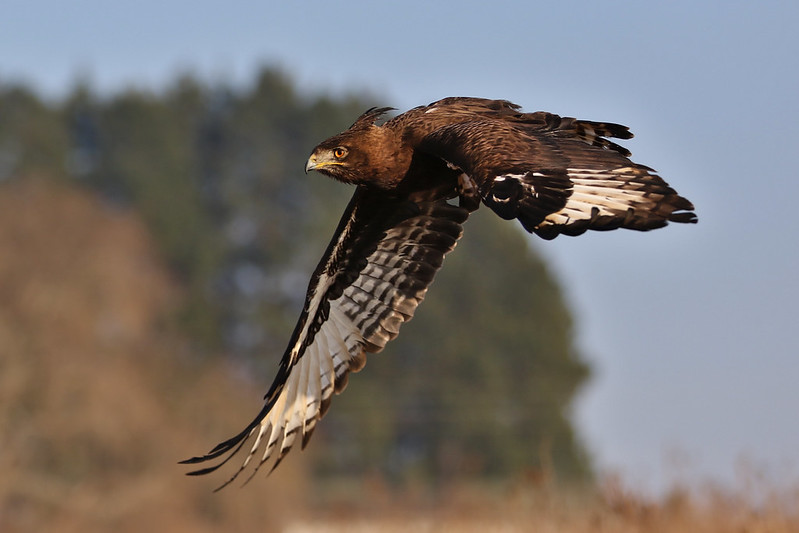
The East River valley surrounding Crested Butte offers surprising eagle habitat despite the town’s high-elevation location. Eagles take advantage of the river’s beaver ponds and wetland areas that support fish and waterfowl populations. The dramatic mountain setting provides excellent hunting perches and nesting sites in scattered aspen groves. Summer months see peak eagle activity as birds take advantage of the brief yet abundant breeding season.
Haines, Alaska
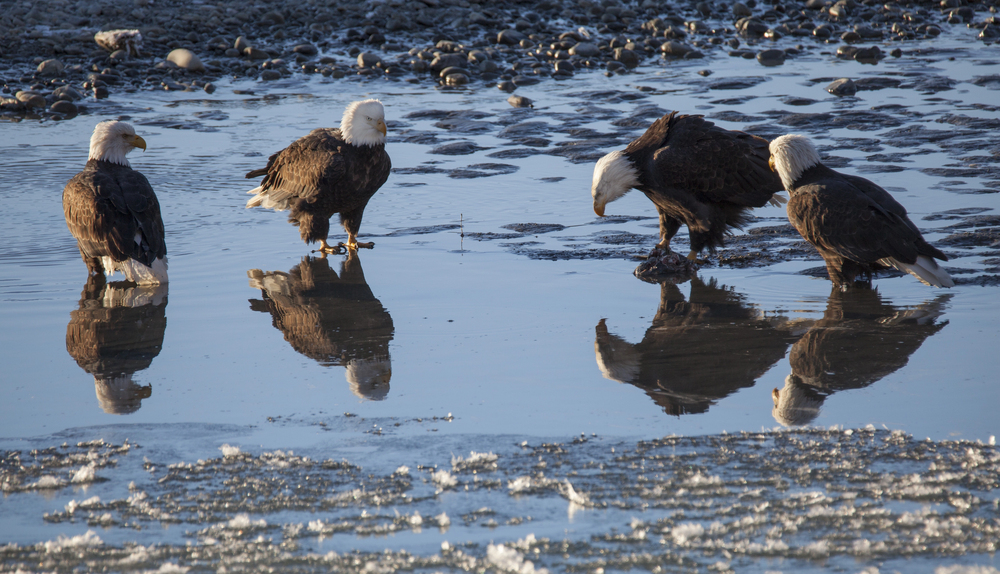
The Chilkat River near Haines hosts the world’s largest gathering of bald eagles each fall, with over 3,000 birds converging on the area. The town sits at the confluence of three river systems, creating diverse habitat opportunities for year-round eagle residents. Late-run salmon provide a crucial food source when other rivers have frozen over. The Chilkat Bald Eagle Preserve protects 48,000 acres of critical eagle habitat surrounding the town.
Frisco, Colorado

Lake Dillon’s massive reservoir creates an oasis for eagles in this high-elevation mountain environment. The lake’s size and fish populations support several eagle pairs that nest in the surrounding lodgepole pine forests. Winter ice fishing activities sometimes provide easy scavenging opportunities for resourceful eagles. The town’s location at over 9,000 feet elevation makes it one of the highest places in Colorado where eagles successfully nest.
Skagway, Alaska
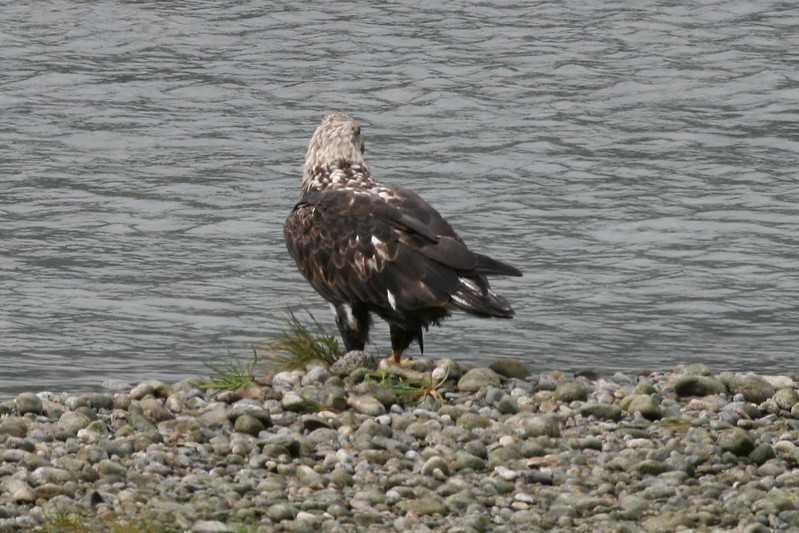
The Skagway River and surrounding coastal mountains provide excellent eagle habitat in this historic gold rush town. Eagles nest in the tall spruces along the river valley, taking advantage of salmon runs and marine resources from nearby Lynn Canal. The town’s location at the head of a deep fjord creates ideal hunting conditions with both fresh and saltwater prey available. Tourism activities have been carefully managed to minimize disturbance to critical eagle habitat.
Aspen, Colorado
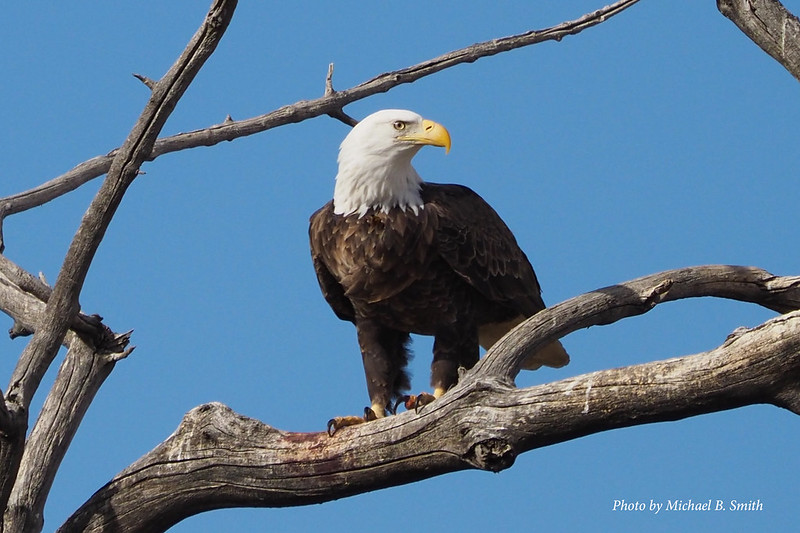
The Roaring Fork River running through Aspen supports a small but thriving eagle population that’s adapted to the high-altitude environment. Eagles nest in the scattered stands of mature cottonwoods and aspens along the river corridor. The area’s beaver activity creates diverse wetland habitats that support the fish and waterfowl eagles need. Despite heavy development pressure, conservation efforts have preserved crucial riparian zones for eagle survival.
Where Wings Meet Mountains
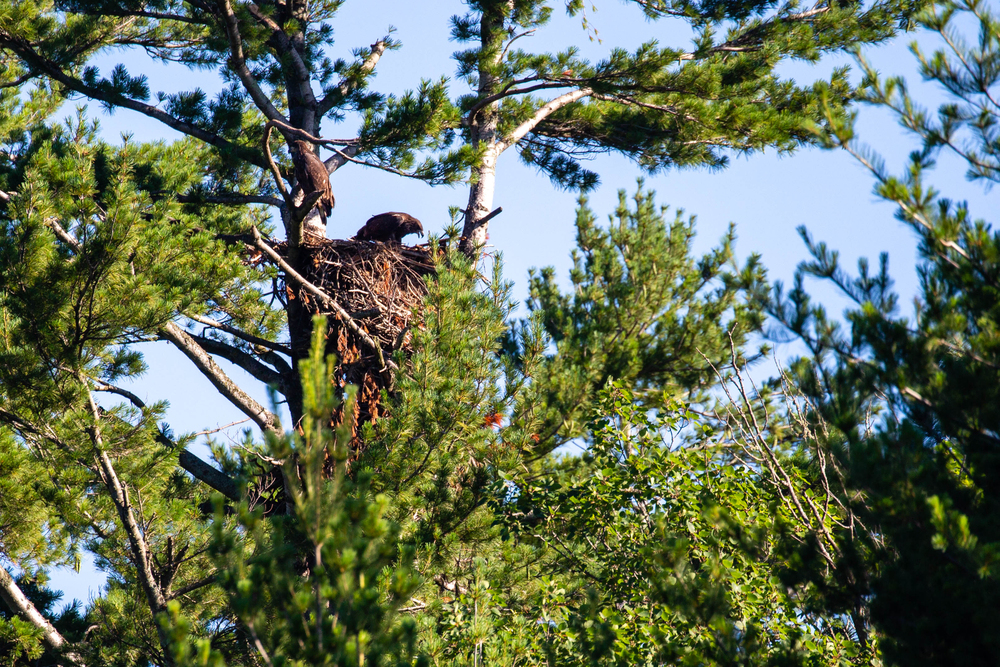
These mountain towns represent more than just scenic destinations—they’re living examples of successful wildlife conservation in action. The eagles that call these places home have bounced back from the brink of extinction through dedicated protection efforts and habitat preservation. Each town offers unique opportunities to witness these magnificent birds in their natural element, from Alaska’s salmon runs to Colorado’s high-altitude lakes. The presence of nesting eagles serves as a powerful reminder that healthy ecosystems and thriving communities can coexist when we make conservation a priority.
More from Travel Pug

- 20 Best Beach Towns in the Carolinas
- 13 Destinations Where Tourists Regularly Regret Their Trip
- 20 Things You Actually Get in First Class
- 20 Small Airports With Aviation Museums
- 20 Places in the U.S. That Are Perfect for a Reset Trip
Like Travel Pug’s content? Follow us on MSN.
